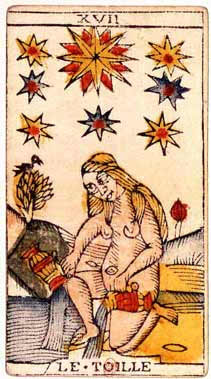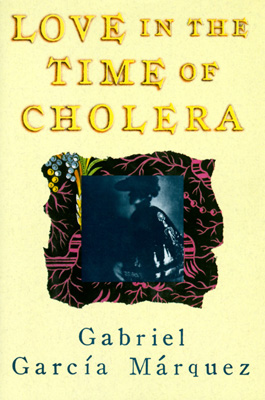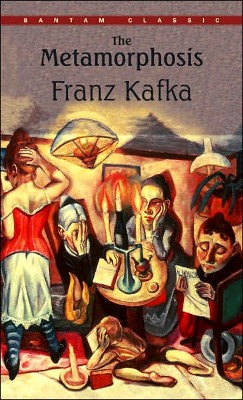
XVII. Un ange passe
Entering a scene with Chocodiles and
Twinkies ground into the seats—
Sectioning you into myself, the leaved book’s tearaway calendar near an
exorbitant
Machine-frothed milk in the shape of a star—Dziga Vertov took four
years
Minutes after Bloomsday, June 16th, then a plenitude, or arteritis
even, of ensuing diplopia
Where Stuttgarters forsake their average 17°C spring high for a
holiday, with a tricycle
In tow—Peter Stamm’s, more so, Michael Hofmann’s We’re Flying
(2008, 2011)—The tricycle
Bent, and the child backed over; our jalousie angles by then acute,
then beyond—No less than to seat
A country more forcefully, an undiscovered one bitten through less
than a few days before—Diplopia’s
Disorder of the III, IV, and VI cranial nerves, or the choice of
stereoscopes among the exorbitant
Ones, who witness their truths in due course, while remaining casual
about graduating years—
The first four primes concentrate into a room at Holles Street
Maternity Ward (1920)—Elizaveta Svilova splices the camera
Spaces of her cataracts, the dye migrating through one great scar
justifying the pitch, and unsighted squeal of a tricycle—
Its wheelbase sufficiently wide to avert a fall—Of being secured in
another, confident that it would not return, for a passing after seated
Ceremonies—What for Anja’s tenth anniversary, the divorce; his prey
posts from her pine covert, and is shot—This episode’s staggering yearling
Ours and Bloom’s 10 P.M., not yet the 11th hour of being home, which
starts at the womb, the diplopia
Where annotations solder June 17, 1244, and the 24 cartloads of
Parisian manuscripts sentenced to fire—Materia medica of Mina Purfoy, and oxen
of the exorbitant
Sun—Nine months gone, on her ninth child, whose surname is an
untrammeled road, where Molly and Leopold have not lain since Rudy’s loss—On
the threshold of chromotherapy, the exorbitant
Converses—Conceptions in reverse, with our chessboard cleared, squaring
off again—Ehrlich delayed qualification (1872-1878) introducing dyestuff into
that nervous spinning shutter, after Euclid’s Optics (300 B.C.E), the
camera
Obscura’s pall of enchantment projecting our inner carousels drawing
even the Communists, for the bystander’s diplopia,
Pedicab; our hands irreproachably gentle concerning rivets delineating
pelvic cavity and lesser pelvis seated
Crosswise, a cloud in trousers (1915), in this impossible to heat
room—Vertov integrates Mayakovsky’s asylum tatters, the minders unclasp between
shifts—Years
Of tracks played for your audience—The historical reducing to Ehrlich’s trypan red and flagellates on a blood smear—This year’s
Decisive stage, the incoming colorant, christened chemotherapeutic index, and
an exorbitant
Catalytics of learning, sleeping sickness, and then a foundational reading, De la grammatologie (1967)—Remaining seated,
The oath’s circled characters; a cartouche, or rifle cartridge self-destructing
before displacement, as the torn ring of flesh the pill camera
Investigates; it is flushed as a tongue lake, or die Zungenbecken, of Lake
Constance, the glacier’s undertaking—Diplopia
Or stylometric analysis of what’s written in the corpora, a replete
matrix—William Eggleston’s Tricycle
(Memphis), printed in 1980—Scaling the exurb single-story residence, à
porte-cochère, to be colonized by other tricycles
Central to this very existence, with humoral projectiles spun down,
readministered—Metchnikoff and Ehrlich that year
On phagocytosis (1908)—Engulfment of foreign bodies describing dichorionic
mitochondria to repeat our energy needs; refined further, the immunogenic,
colored serum, with diplopia,
Deposited in another model, another means of production; hours of 17
years, the progeny unseating
Blood relations, Thomas Mann’s The Holy Sinner (1951)—With a nerve net and
topological appendages seizing under hand—The mind’s camera
Lay there, as if it had been newly brought forth: an animal from out of that wound; the camera phone watches—The tricycle
Unbought, just before it is discarded, for the rider to stand climbing hills—Once
we get over the ecstatic diplopia, pouring years
Of ourselves, as children of God—The vehicle pulling out; unseated as after a
fit, and a private despair’s dye transfer of tears and engine oil in Whitehaven, MS (1972); upsetting houseplants, at times, the deserted, we are waiting to return to our bed—






7 comments:
http://www.newyorker.com/magazine/2017/07/03/the-adventure-of-a-skier
XVII. Un ange est passé [et j'en passe]
Exercise 91.
https://www.commentary.org/articles/allan-temko/the-burning-of-the-talmud-in-parisdate-1242/
"What was the inspiration for Amélie finding the little boy’s box hidden behind a piece of baseboard tile in her bathroom?
That was from Wim Wenders’s film, a beautiful film in black-and-white, Kings of the Road. Rüdiger Vogler visits a very old house, and under the house, he finds a box. Wenders has said that moment was an homage to his hero Nicholas Ray, who directed a film about rodeo riders, The Lusty Men. There’s a scene at the beginning of that film where Robert Mitchum goes into a very old house and reaches through some cobwebs under a crawl space and finds a box with some of his childhood things, including a small toy gun and some books. So I pay homage to Wim Wenders’s homage to Nicholas Ray! It’s un hommage en ricochet."
https://www.vulture.com/article/jean-pierre-jeunet-on-amelie-two-decades-later.html
Yud (10). Un hommage en ricochet.
Yes, this will be a visually informed project sometime.
https://www.youtube.com/watch?v=3fHw5z6VyeM
https://www.ndbooks.com/book/covert-joy-selected-stories/
Post a Comment